
5 baby steps towards a psychologically safer workplace

Amy Edmondson, Harvard professor and researcher, coined the term psychological safety at work and explains that psychologically safe team members, “feel confident that no one on the team will embarrass or punish anyone else for admitting a mistake, asking a question, or offering a new idea.”
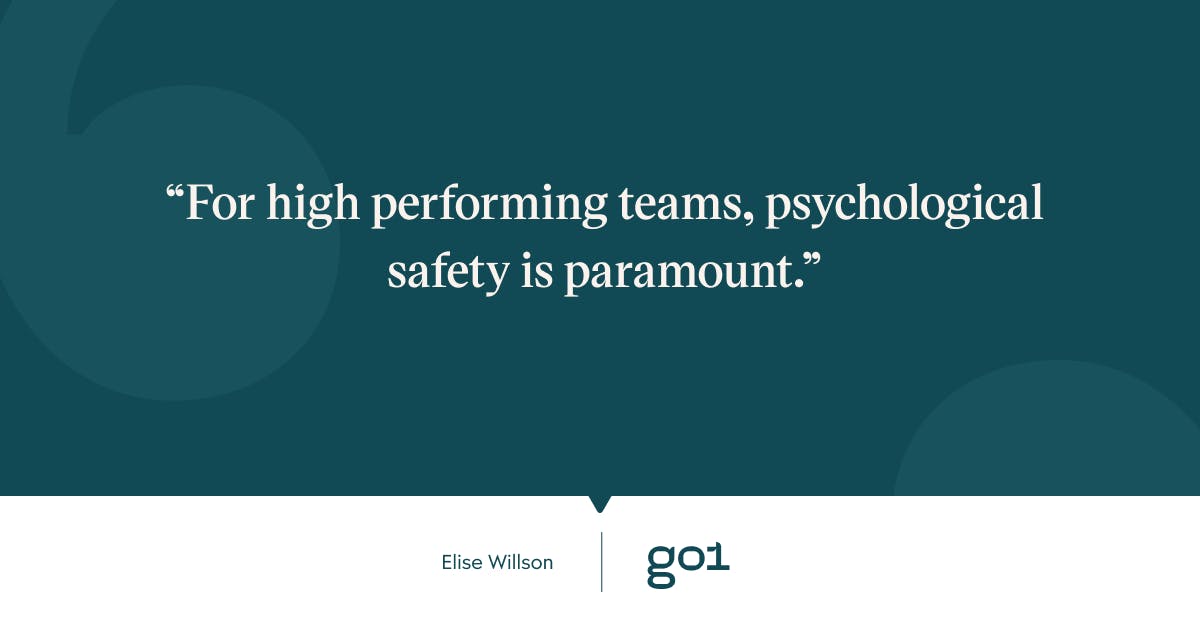
When an organization focuses on prioritizing psychological safety at work they will see concrete impacts across employee wellbeing, productivity, satisfaction, and absenteeism.
For high performing teams, psychological safety is paramount. Internal research from Google in 2015 infamously found that psychological safety was the most critical component of a high performing team. Not only was it the top indicator, but it underpinned each of the additional four components. Which begs the question, without psychological safety, how possible is a high performing team?
These 5 steps come with the caveat that psychological safety at work will never be a one-and-done process, and requires long-term, company-wide learning and policy audits and changes.
But we sometimes want to know a good place to start.
Make feedback a pillar of your culture
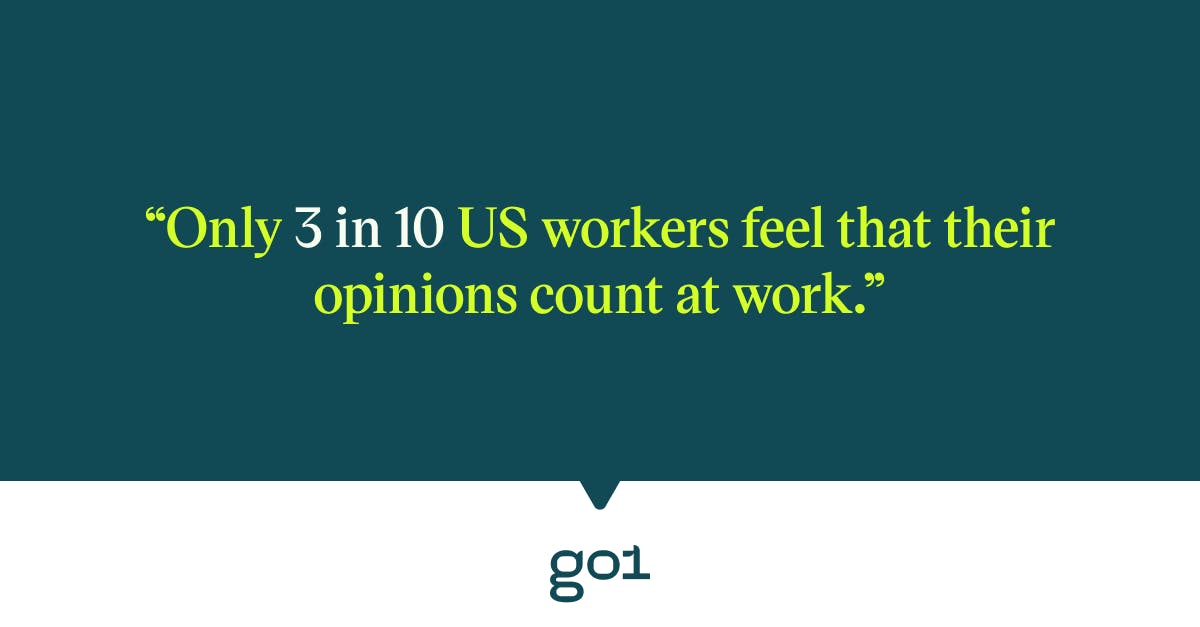
We recently discussed the value in cultivating authentic and transparent conversations at work (you can read the full article here), and feedback loops between management and employees were critical. When employees feel safe and trusted, ideas, issues and changes are communicated sooner.
According to Gallup’s State of the American Workplace Report, just three in 10 U.S. workers strongly agree that at work, their opinions seem to count. This is a staggering statistic, and a severe underutilization of the power found in valued and engaged employees. When employees feel their voice is heard they are 4.6 times more likely to feel empowered to deliver their best work.
How safe do you feel your workforce are to bring feedback, opinions and ideas to the table?
Begin by sharing self-reflective feedback on your own work within your team and allowing dedicated 1:1 time for employees to bring their thoughts to the table as well. This can be a slow change, particularly if previously feedback was not encouraged or received well. But stick with it, and lead by example.
Focus education from the top
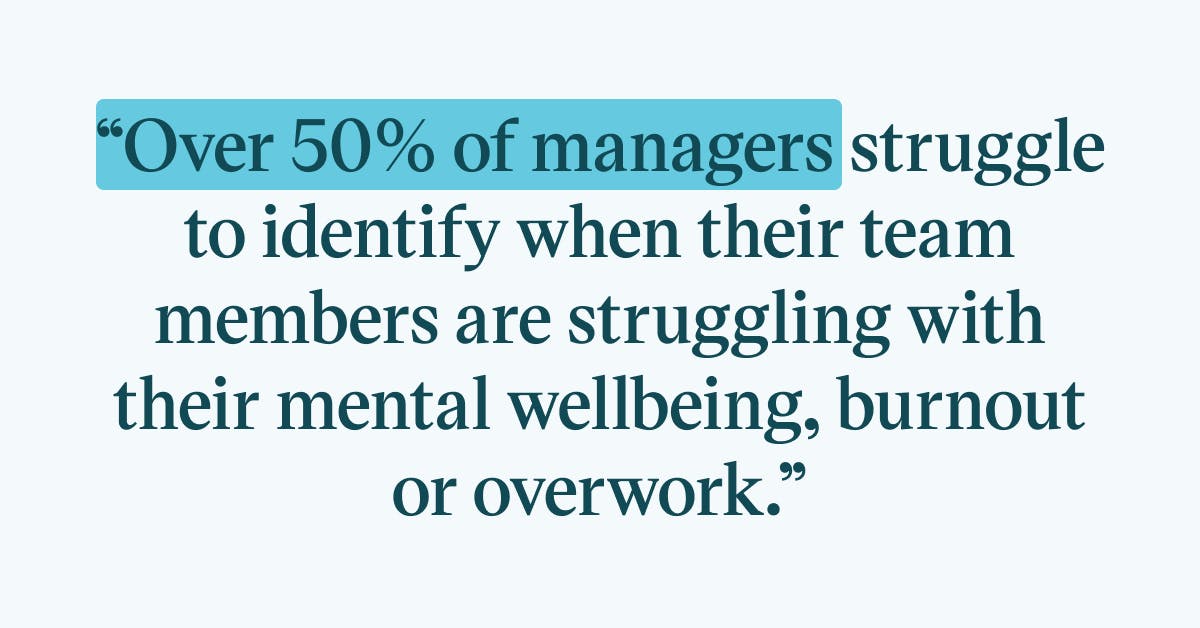
More than 50% of managers find it hard to identify when their team members are struggling with their mental wellbeing, overwork or burnout. If education hasn’t started at the top, your employees will continue fighting against the current.
When was the last time leaders and direct managers in your organization were educated directly on mental health and wellbeing within the workplace? Outside of awareness campaigns and employee assistance, a workforce where leaders demonstrate mental fitness strategies will empower their employees to follow suit.
Flexible work options
On-site is ideal for some, while WFH = thriving for others.
Almost 49% of McKinsey survey respondents anticipated that returning to office would have somewhat or significant negative impacts on their mental health. While 60% of those who had already returned to the office reported that flexible work schedules would assist in stress.
The key is to avoid assumption and offer flexibility for individual team members and situations wherever possible.
Acknowledge mistakes
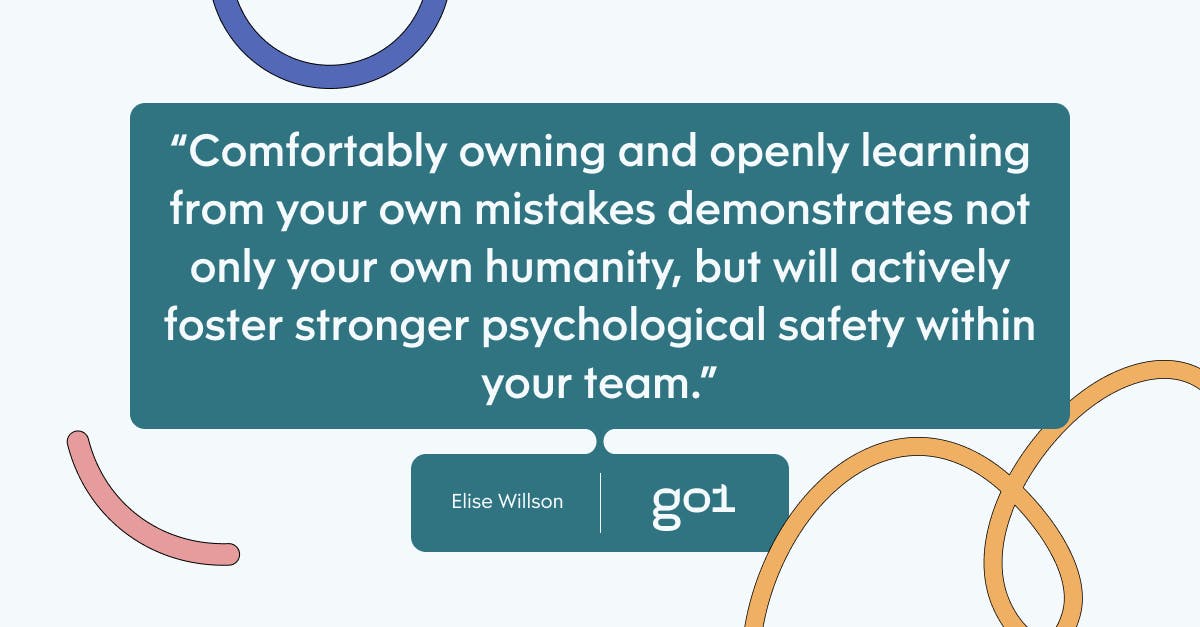
Making your organization a safe place for mistakes, and learning from them, is one of the most influential components in developing a psychologically safe workplace.
A very effective way to facilitate this at work, is leading by example. When did you last call out your own mistakes? Not in a self-deprecating way, but in a way that highlights not only an operational fact, but a learning or pivoting opportunity.
Comfortably owning and openly learning from your own mistakes demonstrates not only your own humanity, but will actively foster stronger psychological safety within your team.
Audit where you are at
Don’t take your own word for it.
Utilize company-wide surveys, feedback, roundtables and auditing tools (like the Humans at Work guide below) to gather an honest take on where your organization is at, and where work needs to be done.
Particularly if you are noticing drops in engagement, retention and performance. Don't assume you know what it may be rooted in, do due diligence and dig into the nitty gritty. Again, empower the voices of your employees with facilitating anonymous feedback channels.
71% of disengaged employees are already on the look out for a new job. Psychological safety will drive your employee engagement, so is worth every moment spent on getting it right.
Psychological safety in the workplace is still a relatively new concept, but its necessity has been compounded within the context of the past two disruptive and disturbing years. It’s an overwhelming topic and can be difficult to comprehend the best place to start. To help navigate these waters we have developed, in partnership with AP Psychology, the Humans at Work guide.
Humans at Work
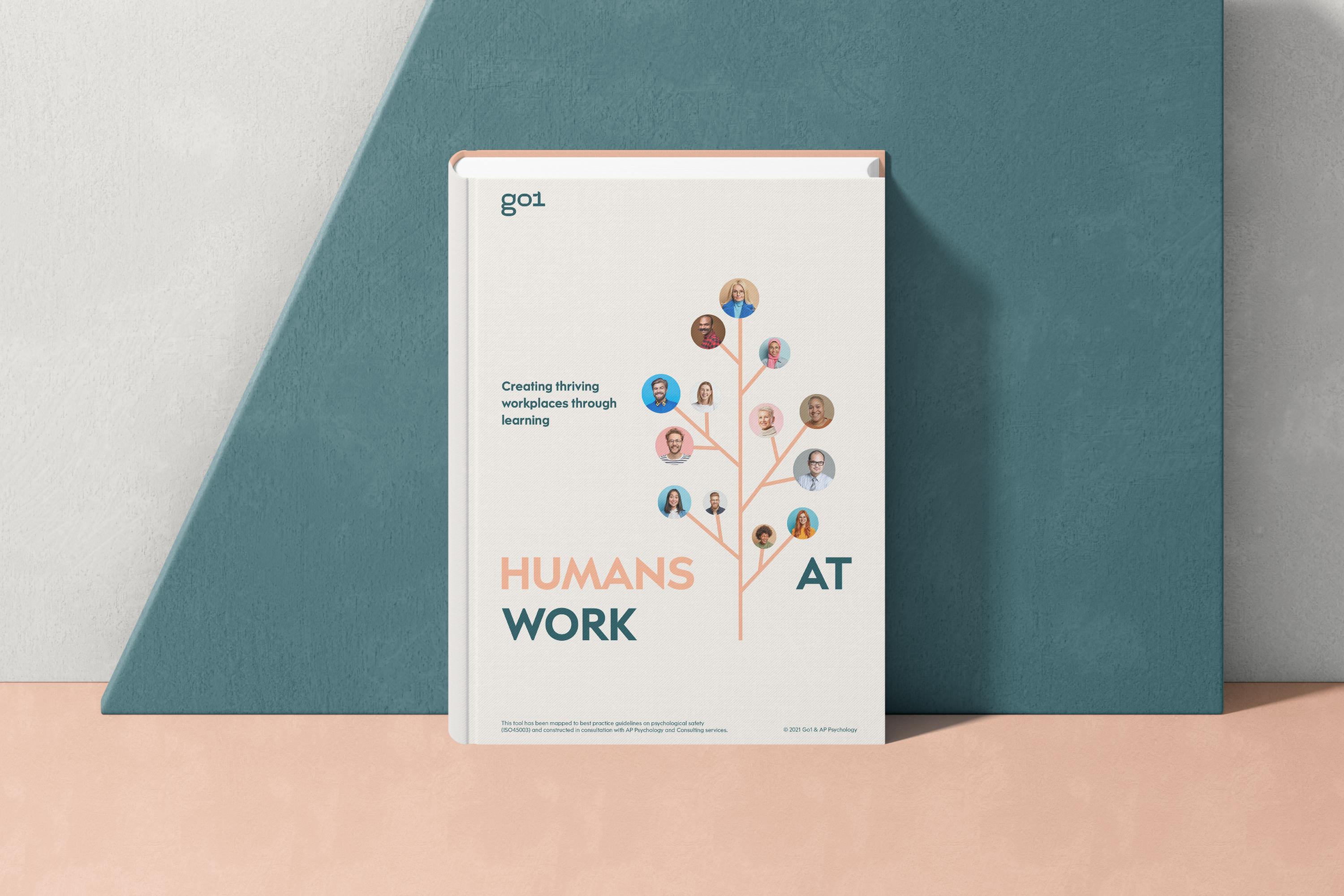
This auditing and planning tool will guide you in finding the right learning for your team, so they can turn up to work authentically themselves and thrive.
If you are a current Go1 customer, you can complete the guide in partnership with your CSM, and they will add a Humans at Work learning plan into your current learning structure.
If you are not currently a customer and are interested in elevating your workplace's mental health and wellbeing learning, we would love to help.
Download the Humans at Work guide now to start moving towards psychologically safer workplaces.




